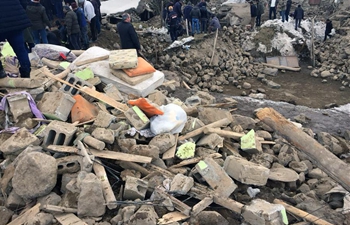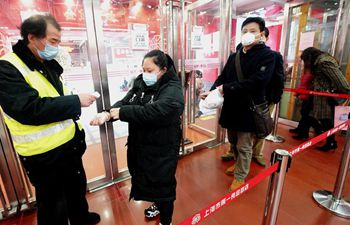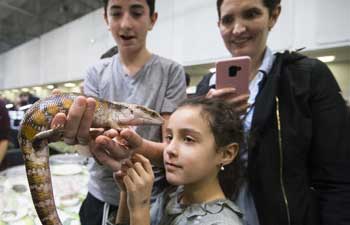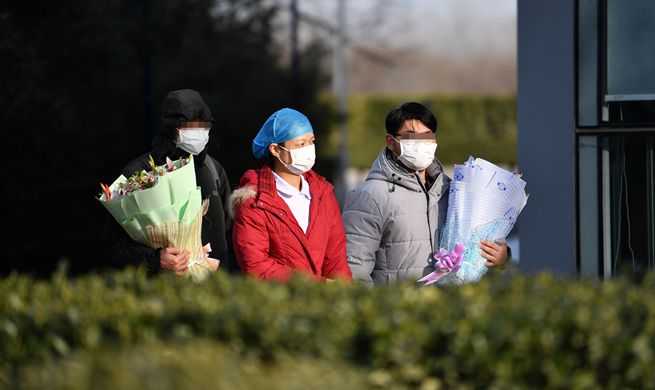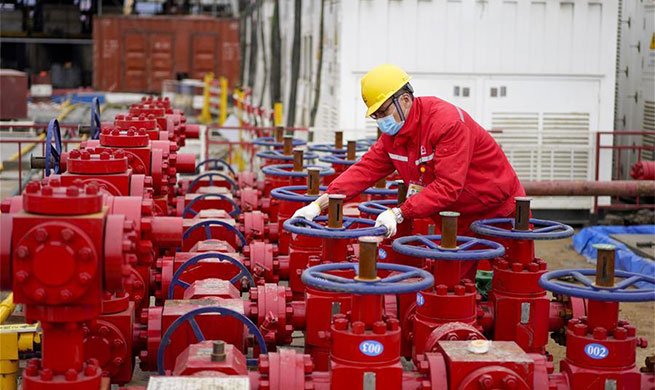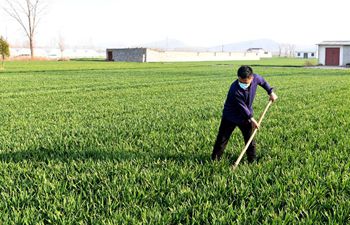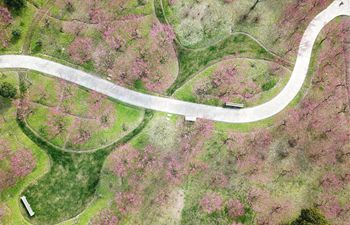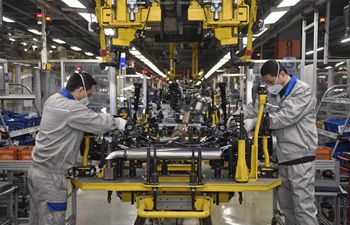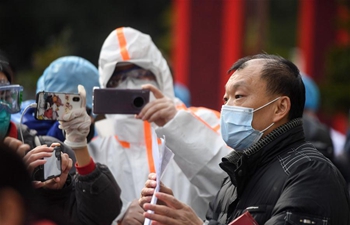BEIJING, Feb. 24 (Xinhua) -- It's 34 minutes after midnight on Feb. 14. With 446 samples from suspected COVID-19 patients arriving, the busy hour at the 24-hour Huoyan (Fire Eye) lab has begun.
In Chinese folklore, piercing fire eyes enable Monkey King to see through all deceits of monsters. In Wuhan, the epicenter of the COVID-19 outbreak, a testing lab has taken the name and geared up in the race against the virus.
From Feb. 5 to 15, the Huoyan laboratory tested almost 20,000 samples, according to a report by Science and Technology Daily.
The laboratory, operated by the Beijing Genomics Institute (BGI), was built in just five days to provide testing support for Wuhan and surrounding cities, speeding up the screening and diagnosis of COVID-19 patients.
Lab director Tian Zhijian said rapid and effective screening of nucleic acid samples can win precious time for the treatment of patients and quarantine of close contacts, and protect medical workers.
The lab can also carry out large-scale screening for factories and enterprises so they can resume work. It is designed to test up to 10,000 samples a day, Tian said.
Samples usually arrive at night, mostly from midnight until around 4 a.m. It takes six to seven hours on average for lab staff to deliver results. They work in three shifts around the clock.
Results of samples from the previous day are usually delivered before 8 a.m., enabling doctors to adjust treatment plans promptly, said Zhu Shida, who is in charge of BGI's central China business.
Zhu said extracting nucleic acid sample from a patient's mucus taken from the nose, throat or phlegm puts lab workers at high risk of infection, so the extraction is conducted in biological safety cabinets and the testing in a negative pressure lab.
Lab procedures require precision, but it can be tricky to handle small tubes while wearing thick protective suits in a small space, said lab worker Hao Yingge.
Advanced technology has been applied to ensure the accuracy of testing and streamline the process.
An automatic sample preparation system developed by BGI can extract nucleic acid and process hundreds of samples at the same time without manual intervention, said Zhu.
The 2,000-square-meter laboratory includes 1,000 square meters of testing area strictly designed as a P2 laboratory (Second Level of Biosafety) and equipped with high-throughput sequencing equipment.
It also has 30 biological safety cabinets, a series of 12 automated nucleic acid extraction platforms, separate sample preparation rooms, reagent storage rooms and office areas.
The lab is cold and many workers wear down coats inside protective suits, making everyone looks bulky.
"We tease each other that we look like Baymax in the movie Big Hero 6 and we are devoted to hunting down the virus," said Tian.




